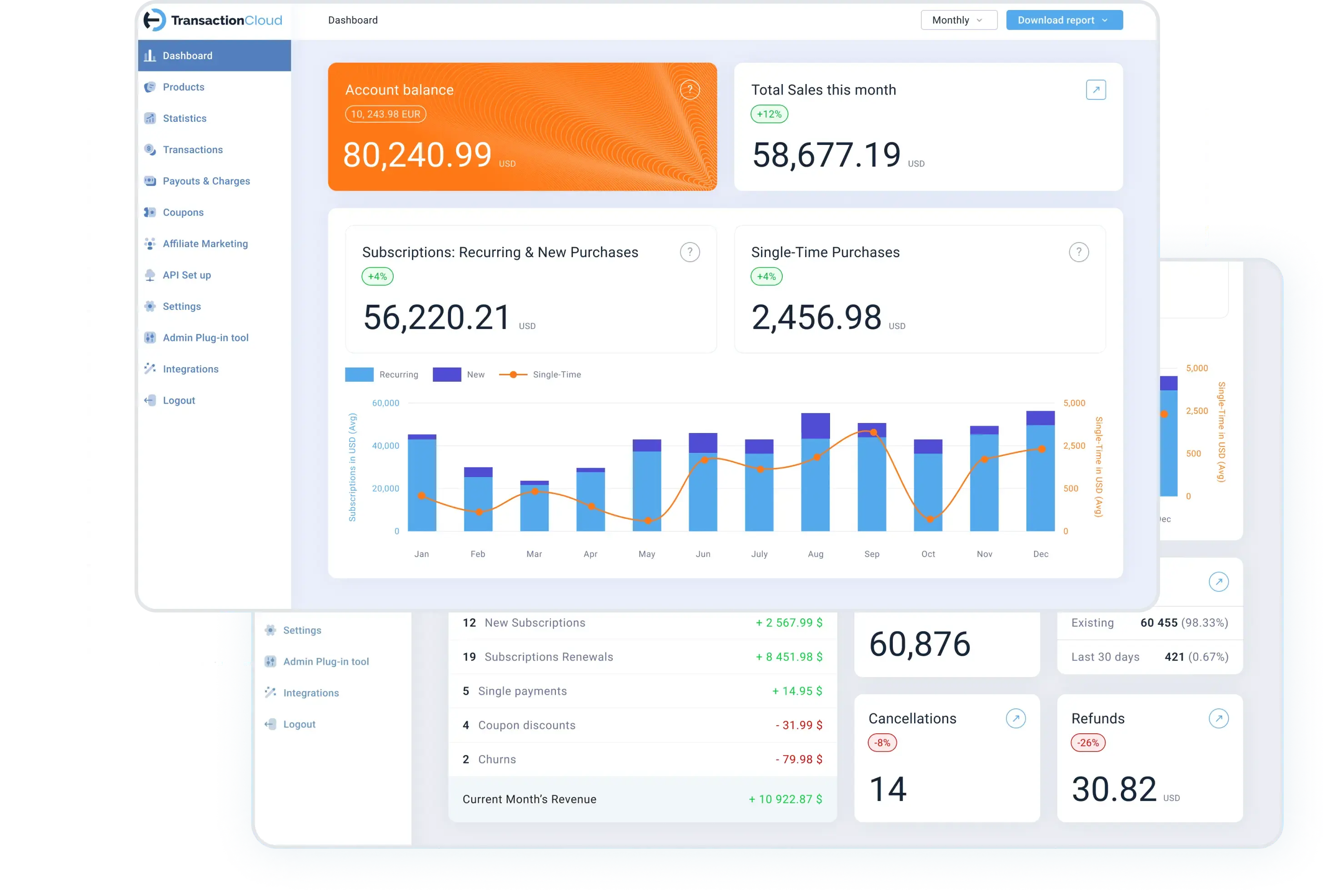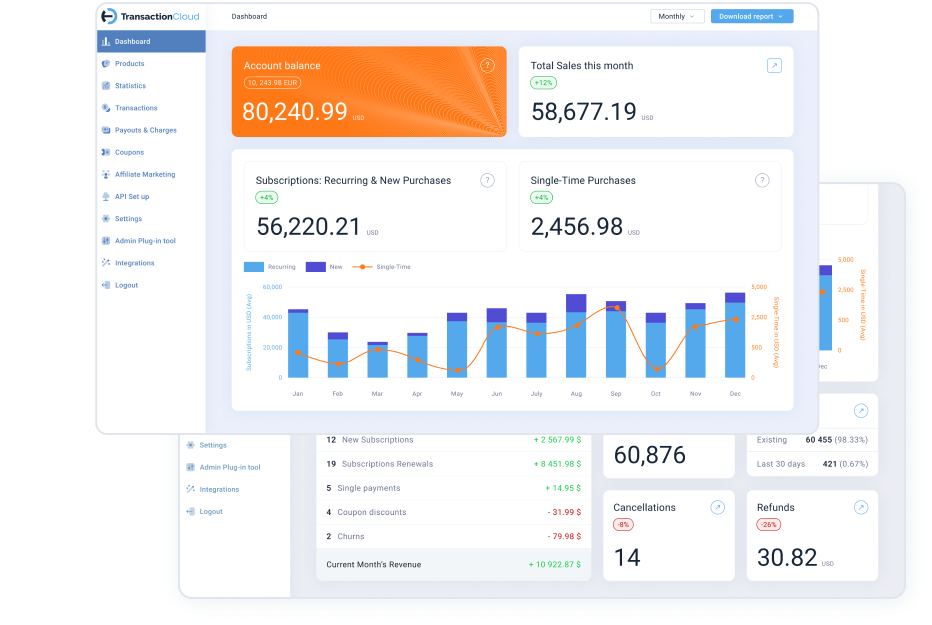SaaS which stands for Software as a Service is a software product hosted on a cloud and accessed by the user via a subscription model. The software doesn't need to be installed on a computer and is not sold as a lifetime license. In return, the user does not have to deal with updates, security, maintenance, backup, and scalability. All of the complicated tasks which are non-value added to the user are taken care of by the SaaS vendor. The user also receives the flexibility of using the software from anywhere in the world and on any device.
SaaS is a rapidly growing segment of the digital market. It has wide acceptance among customers. In this article, we will discuss the steps to building a successful SaaS business from the ground up.
1. Research and identify a solution for a problem
Before dedicating countless hours building the business, build a good foundation by thoroughly identifying the problem that you want to solve. Research online, speak to the people who are facing the problem. Ask in-depth questions, study the alternatives, brainstorm, and identify a better solution than what exists. If you can come up with a solution that is better, cheaper, and faster than an existing solution then you are off to a good start.
2. Interview potential customers and validate your solution
I can't emphasize enough the importance of speaking to potential customers for validating your solution. Select a potential customer that has no motivation in becoming a competitor of you or someone whose core business is far distant from the solution you are working on. Interview multiple potential customers and identify as many use cases as you can. This way, you can refine your solution so that it has a higher and quicker chance of market acceptance.
3. Engage an enabling customer
Depending upon the interest and the SaaS product's fit you uncover during your customer interviews, engage a customer to collaborate with you by becoming an enabling customer. If you can sign-up multiple enabling customers then it's even better. Provide an incentive to the enabling customer, this incentive could be a free subscription for a significant period, preferred pricing, or a customized solution that closely aligns with the customer's needs.
4. Define USP (unique selling proposition)
A strong USP sets you apart from your competition. It plays a significant role in your marketing, product development, operational, and customer experience strategy. It not only enables you to identify your ideal customer and target users but lets you appeal to them so that they become an extension of your sales team by actively promoting your SaaS product within their organization. Define a USP that your customer's target users can immediately relate to and easily understand. I would further suggest having a USP tailored for each stakeholder type in your customer's organization.
5. Develop a pricing strategy
A good pricing strategy is very important to attract new customers who are always evaluating the risk vs reward of subscribing to a new SaaS product. There are several pricing strategies and combinations to consider. However, typically, customers like the Freemium model which includes a free lite version of your SaaS product with an option to upgrade to a paid premium version. It enables your customers to thoroughly evaluate and understand the key advantages of your SaaS product.
6. Develop a customer acquisition process and necessary tools
A flowchart always helps in identifying the various touchpoints with the customers and identifying the marketing materials, the email or telephone script, videos, landing pages, economic models, discount scenarios that you can apply at every step to move the customer along the sales funnel. A sales funnel can have several stages from obtaining the lead, qualifying the lead, providing a demo, pricing discussion, and freemium to transitioning the customer to a paid premium product.
7. Develop a customer loyalty process
You will always have customer churn. The goal of developing a loyalty process is to reduce the churn rate to below your new customer acquisition rate. The loyalty process doesn't always need to provide points or miles to your customer. The loyalty process can be a quick resolution of the issues that they encounter, staying customer-focused thereby knowing the "pulse" of your customer, enhancing the SaaS product in alignment with your customer's needs, and communicating those enhancements with the customers.
8. Soft launch, and continuous improvement
Once you have developed the SaaS product and defined the business processes, it's time to have the soft launch with your enabling customer. Collecting the feedback, further improving the SaaS product, and then continuing the soft launch process with other potential customers whom you have already interacted with helps you collect valuable feedback and test out your business processes before accelerating customer acquisition efforts.

